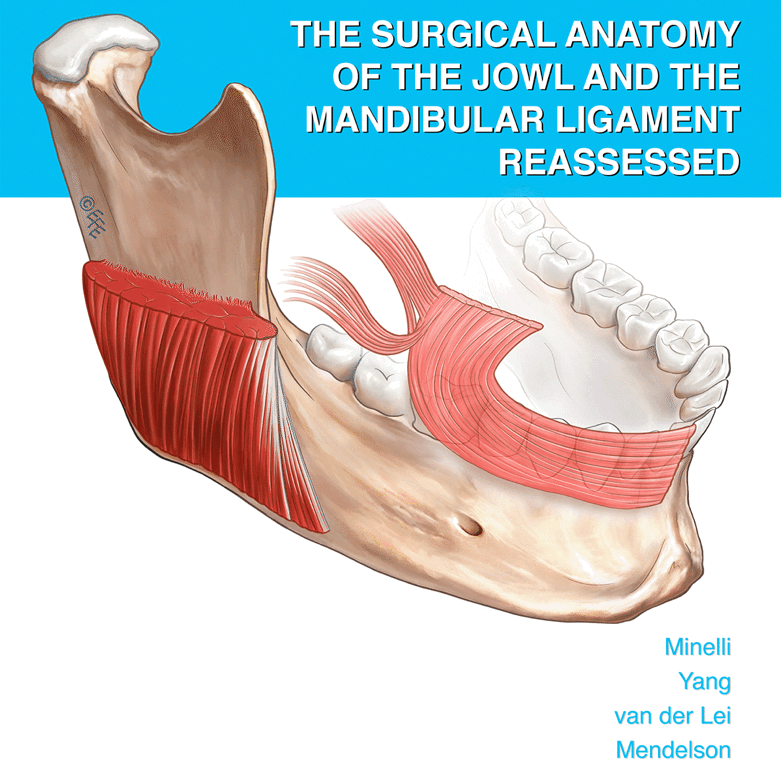Abstract
Background
Asian patients often desire reduction of the base and alar lobules of the Asian mesorrhine nose. Sill excision is commonly used, but may result in an angular or notched nostril rim.
Methods
We developed an internal method of alar base reduction involving triangle flaps for sill resection. This method avoids alar rim notching and teardrop deformity. Cinching sutures and double-layer closure avoid tension on the wound. We categorized the results in 50 patients (4 men, 46 women) who underwent surgery between November 2012 and August 2015 and who could be followed up for more than 3 months. The mean age of the subjects was 26.3 years and the mean follow-up period was 8.9 months.
Results
Forty patients underwent base reduction with the internal method, while ten with alar flare were treated with additional external resection. The mean reduction of the nostril sill width was 4.8 mm for both methods. In the subjects receiving flare resection, the mean reduction of the lateral alar width was 4.4 mm. There was no notching at the suture site. Complications included a short scar running obliquely under the sill in 13 patients and a trap door deformity in one patient.
Conclusions
Nasal base reduction is widely performed, but subject to outcomes with abnormal nostril contour. We used triangle flaps to narrow the sill, and cinching sutures to prevent tension on the wound. Our methods prevent nostril notching and/or teardrop deformity. Scarring can occur, but can be reduced using cinching sutures for wound relaxation.
Level of Evidence IV
This journal requires that authors assign a level of evidence to each article. For a full description of these Evidence-Based Medicine ratings, please refer to the Table of Contents or the online Instructions to Authors www.springer.com/00266.




Similar content being viewed by others
References
Aung SC, Foo CL, Lee ST (2000) Three dimensional laser scan assessment of the oriental nose with a new classification of oriental nasal types. Br J Plast Surg 53:109–116. doi:10.1054/bjps.1999.3229
Watanabe K (1994) New ideas to improve the shape of the ala of the Oriental nose. Aesthetic Plast Surg 18:337–344
Teck SRS, Smith JD, Chan ASY (2000) Comparison of the aesthetic facial proportions of southern Chinese and white women. Arch Facial Plast Surg 2:113–120
Joseph J (1931) Rhinoplasty and facial plastic surgery with a supplement on mammoplasty. Curt Kabtzsch, Leipzig. English edition trans: Milstein S (1987) Columella Press, Phoenix, pp 110–113
Kridel RWH, Castellano RD (2005) A simplified approach to alar base reduction: a review of 124 patients over 20 years. Arch Facial Plast Surg 7:81–93. doi:10.1001/archfaci.7.2.81
Foda HMT (2007) Nasal base narrowing: the combined alar base excision technique. Arch Facial Plast Surg 9:30–34. doi:10.1001/archfaci.9.1.30
Foda HMT (2011) Alar base reduction: the boomerang-shaped excision. Facial Plast Surg 27:225–234. doi:10.1055/s-0030-1271302
Ismail AS (2011) Nasal base narrowing: the alar flap advancement technique. Otolaryngol Head Neck Surg 144(1):48–52. doi:10.1177/0194599810390891
Gruber RP, Freeman MB, Hsu C, Elyassnia D, Reddy V (2009) Nasal base reduction: a treatment algorithm including alar release with medicalization. Plast Reconstr Surg 123:716–725. doi:10.1097/01.prs.0000345598.95343.63
Bohluli B, Moharamnejad N, Yamani A (2012) Nasal base surgery. Oral Maxillofacial Surg Clin N Am 24:87–94
Guyuron B (2001) Alar rim deformities. Plast Reconstr Surg 107:856–863
Gunter JP, Rohrich RJ, Friedman RM (1996) Classification and correction of alar-columellar discrepancies in rhinoplasty. Plast Reconstr Surg 97:503–509
Author information
Authors and Affiliations
Corresponding author
Ethics declarations
Conflicts of Interest
The authors declare that they have no conflicts of interest to disclose.
Informed Consent
All procedures performed in this study were in accordance with the ethical standards of the 1964 Helsinki declaration and its later amendments. All patients provided written informed consent prior to their inclusion in this study.
Rights and permissions
About this article
Cite this article
Ohba, N., Ohba, M. Preservation of nostril morphology in nasal base reduction. Aesth Plast Surg 40, 680–684 (2016). https://doi.org/10.1007/s00266-016-0676-z
Received:
Accepted:
Published:
Issue Date:
DOI: https://doi.org/10.1007/s00266-016-0676-z



